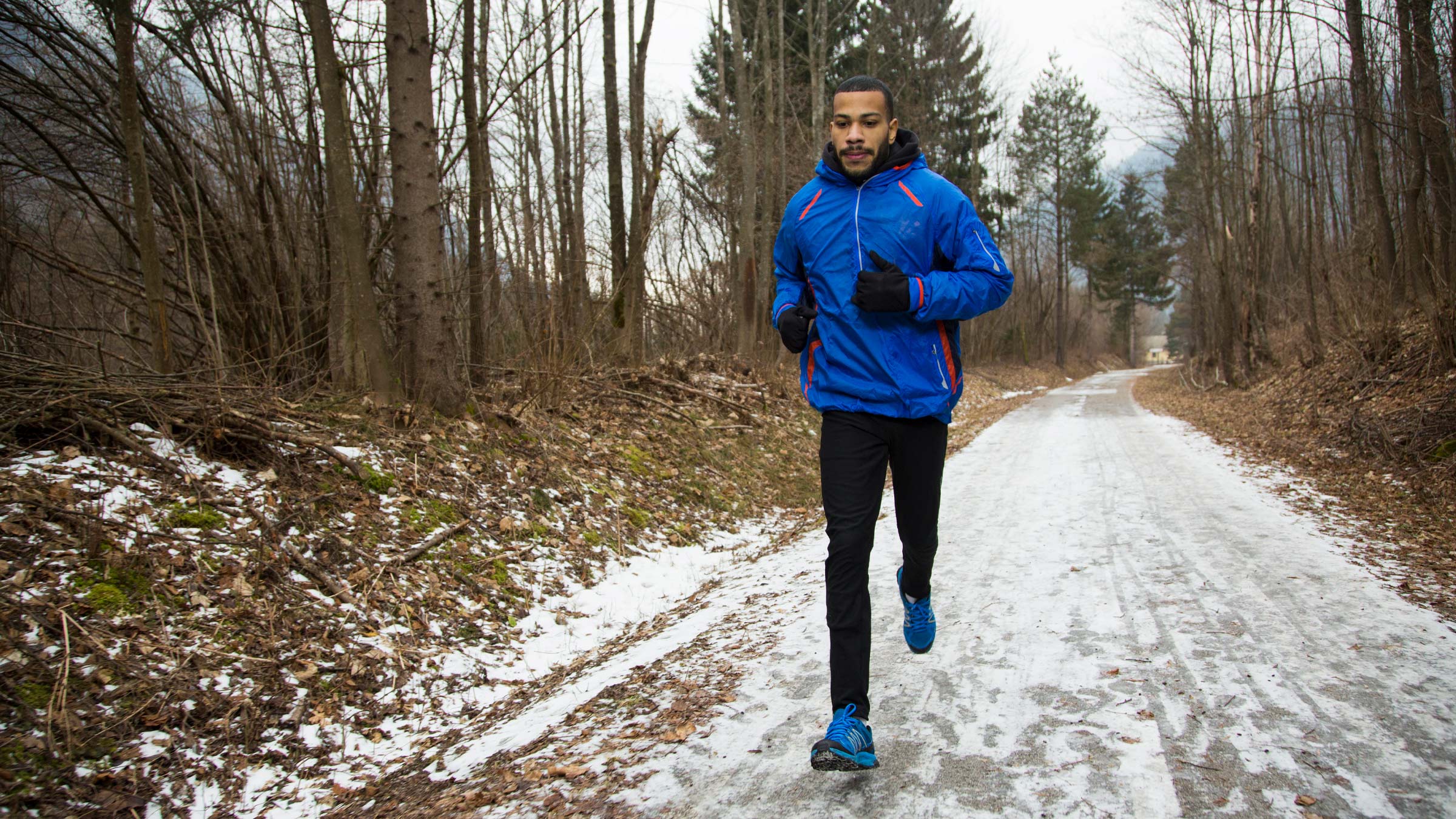
Let’s face it — it’s tough to find the motivation to exercise outside when the weather is cold. Plus, as soon as temperatures drop, many wonder if exercising in the cold is even safe to do. But before you throw in the towel and restrict yourself to the gym for the next few months, it may be worth giving the idea of a winter workout a second thought.
But before you bundle up and hit the pavement, know that you’re likely going to experience some chest pain or a burning sensation in your lungs during your winter run. While it’s generally nothing to be concerned about, it’s something to be mindful of.
Why your chest hurts in the cold
The main reason you may experience some pain when you exercise in the cold is because lungs don’t like the cold. When you breathe in air, your lungs humidify it and heat it as it goes into your body. If you’re outside in cold weather, you’re putting a large amount of cold air in your lungs. This causes your airways to become narrow and irritated by the cold, while at the same time trying to do their job of warming and humidifying as quickly as possible.
When it's cold, there’s virtually no moisture in the air. So it’s easy to dry your throat and lungs out if you’re not hydrated enough – to the point where they can crack and bleed. Taking a hot shower right after your run can help to avoid this. Not only will it help bring up your body temperature, but it will moisten your dried-out mucous membranes. Aside from that, generally the greatest physical danger you face when it's freezing out is slipping and falling on some ice.
If the temperature is less than 32 degrees, I recommend wearing a mask or scarf over your mouth. This helps to heat and humidify the air you’re breathing in before it gets to your lungs – which can help alleviate some of the strain on your lungs and in turn, the burning sensation you may feel.
Can exercising in the cold get my lungs in better shape?
It can feel downright painful to force yourself out into the elements for the first workout of the winter season, but over time, it does get easier. While running in the cold can help your body get used to the colder climate, it won’t get your lungs in shape any faster than general training will.
If you’re going to be running a race in colder temperatures, make sure you get outside to train a few times instead of consistently running indoors on a treadmill. It’s important to adjust your expectations as you acclimate, rather than push for your typical, temperate-weather performance. Pay particular attention to the amount of effort you’re putting forth, rather than hitting certain time, distance or other performance goals, and try to just enjoy the process.
When the burning in your lungs is a problem
Unfortunately, there’s not a “one size fits all” answer for this. Most of the time, this sensation is temporary and will subside. However, if your chest tightness is still bad after you stop exercising or coming inside to warmer temperatures doesn’t relieve the discomfort, you may want to seek medical attention.
If you have asthma, it’s important to be especially careful when exercising in the cold. Make sure to appropriately use your inhaler before you go outside to start your workout, and always bring it with you on your run.
The best thing you can do is use your judgment on whether or not you need to seek medical attention for the pain you’re experiencing after running in the cold.

Need help managing your asthma?
Ohio State is home to the only dedicated asthma center in central Ohio.
Ohio State Asthma Center




